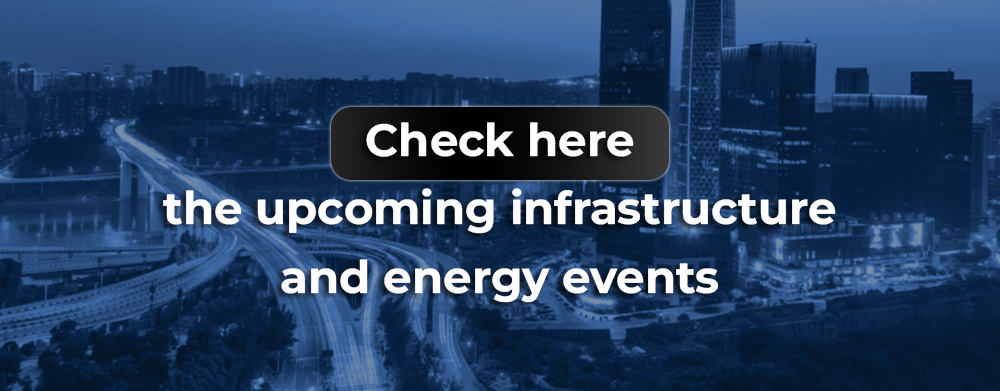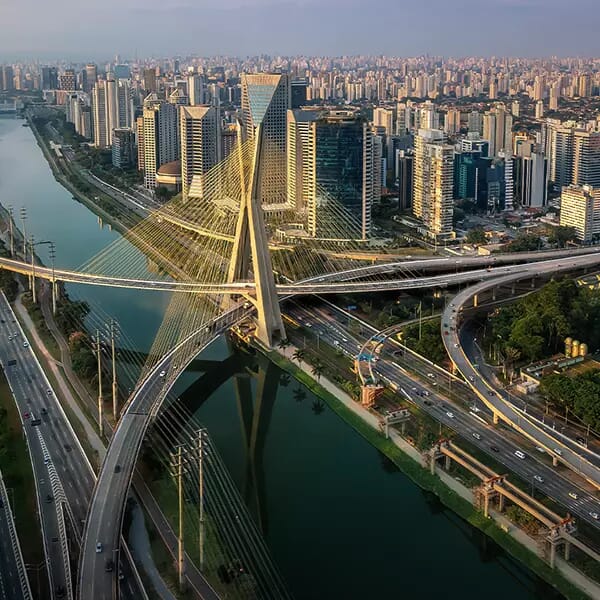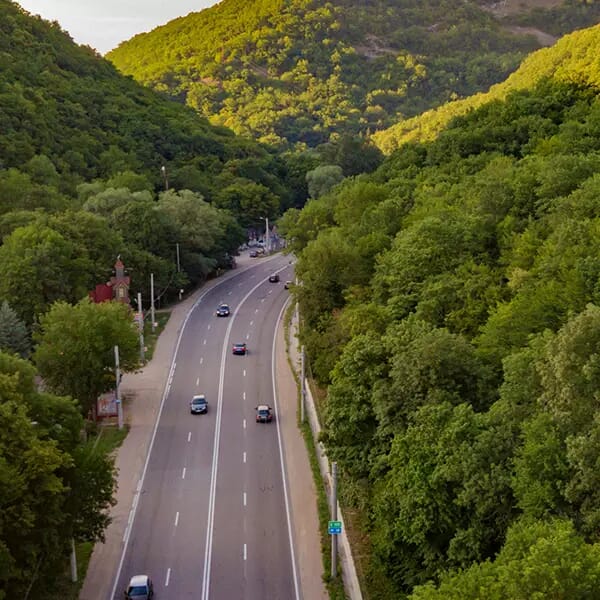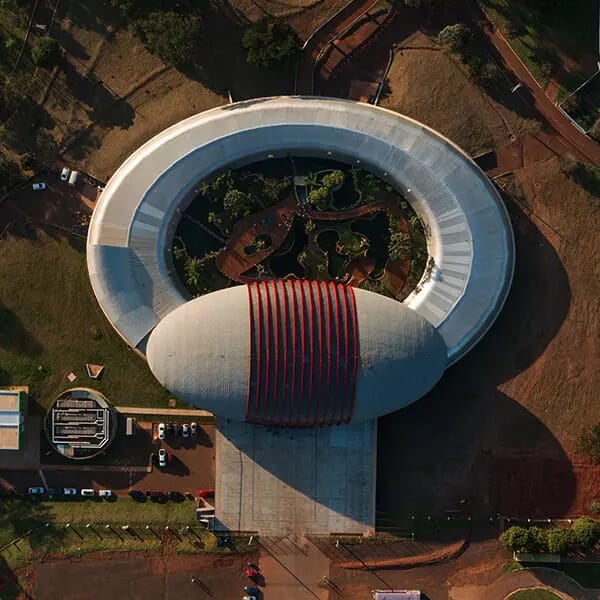 Credit: liufuyu / Envato Elements
Credit: liufuyu / Envato ElementsSustainable development efforts intensify in the U.S.
Rising investments in infrastructure and energy represent an opportunity for partnerships with Latin American countries
June 9, 2022Infrastructure
Governments and companies around the world have been increasingly building strategies to mitigate climate change. In the United States, discussions have revolved around the energy market, and a few questions have arisen: how to achieve net-zero targets? How hydrogen, batteries and nuclear energy fit into the matrix? How is the Department of Energy (DOE) supporting sustainable development?
On June 8th, GRI Club hosted the eMeeting "Pathways to clean energy: how is the U.S. driving innovation to net-zero?" to analyze these issues and encourage the debate among authorities, c-level executives and experts in the energy industry. David Turk, Deputy Secretary of Energy (United States Department of Energy), was our special guest and contributed valuable insights about current strategies in place not only in the U.S., but also around the globe.
We share down below a few key topics and takeaways from this online meeting moderated by Hans Isern (Head of Origination, Atlas Renewable Energy).
The Deputy Secretary of Energy commented on part of the strategy underway when it comes to these meaningful resources. He explained that investments are being made in a series of technologies, such as hydrogen production “in the real world, not in laboratory”. However, he also highlighted the relevance of the private sector and the need for public-private partnerships (PPPs): “we are highly committed, but we are not going to do this alone”, emphasized.
The diversity in technologies was a focus during the conversation. Mr. Turk noted there is not a silver bullet in the current landscape of investments: “we need solar, wind, nuclear, geothermal, hydrogen”. The combination of sources is essential if governments and companies really aspire to see a significant shift in the long run.
Another effort involved in the Bipartisan Infrastructure Law was brought up: the Electric Vehicle (EV) Charging Action Plan. As released by The White House on June 9th, President Biden’s goal with this is to “build out the first-ever national network of 500,000 EV chargers along America’s highways and in communities”. The project follows the bold target of 50% of EV sale shares in the U.S. by 2030, which aims to “unleash full economic benefits of build back better agenda and advance smart fuel efficiency and emission standards”.
He also elucidated how to build a successful partnership from experience: “it has to be mutually beneficial to work”. In this sense, the DOE and the U.S. Government have been actively engaged in conversations to identify the needs of potential interested parties, playing the role of listener and mediator, and understanding what types of alliances are best suited in each case.
After taking questions from the attendees, our special guest talked about some pressing issues the world is facing today. In brief, he observed we are experiencing three major crises at the moment: a health crisis caused by the COVID-19 pandemic, a political and economic crisis stemming from Putin’s invasion of Ukraine, and an environmental crisis generated by climate change. In the case of the latter, closing words included a call for attention, since the world is not seeing the kind of progress needed in terms of CO2 emissions. “We have good long-term targets, but we must act now, time is ticking”, concluded.

Written by Lucas Badaracco
On June 8th, GRI Club hosted the eMeeting "Pathways to clean energy: how is the U.S. driving innovation to net-zero?" to analyze these issues and encourage the debate among authorities, c-level executives and experts in the energy industry. David Turk, Deputy Secretary of Energy (United States Department of Energy), was our special guest and contributed valuable insights about current strategies in place not only in the U.S., but also around the globe.
We share down below a few key topics and takeaways from this online meeting moderated by Hans Isern (Head of Origination, Atlas Renewable Energy).
Investments in infrastructure and energy
One of Mr. Turk’s first statements was “when we look at it, 2050 is not that far-off. Achieving net-zero by then is challenging, even daunting”, referring to DOE’s ongoing efforts to make the U.S. a net-zero economy by 2050. These are part of President Biden’s Bipartisan Infrastructure Law and the Energy Act of 2020, which provides around US$ 62 billion primarily for new major clean energy demonstration and deployment programs.The Deputy Secretary of Energy commented on part of the strategy underway when it comes to these meaningful resources. He explained that investments are being made in a series of technologies, such as hydrogen production “in the real world, not in laboratory”. However, he also highlighted the relevance of the private sector and the need for public-private partnerships (PPPs): “we are highly committed, but we are not going to do this alone”, emphasized.
The diversity in technologies was a focus during the conversation. Mr. Turk noted there is not a silver bullet in the current landscape of investments: “we need solar, wind, nuclear, geothermal, hydrogen”. The combination of sources is essential if governments and companies really aspire to see a significant shift in the long run.
Actions and plans set in motion
In the short term, one of the targets the U.S. government has been working with is to deploy 10 GW of offshore wind capacity by 2030 in the East Coast, which was mentioned by Mr. Turk. As stated a while ago in a report by McKinsey & Company, “offshore wind is poised to become a major source of power for the most densely populated area of the United States” and “excellent offshore wind resources along the U.S. East Coast could result in twice the total power demand”.Another effort involved in the Bipartisan Infrastructure Law was brought up: the Electric Vehicle (EV) Charging Action Plan. As released by The White House on June 9th, President Biden’s goal with this is to “build out the first-ever national network of 500,000 EV chargers along America’s highways and in communities”. The project follows the bold target of 50% of EV sale shares in the U.S. by 2030, which aims to “unleash full economic benefits of build back better agenda and advance smart fuel efficiency and emission standards”.
Room for international cooperation
Regarding partnerships established in Latin America, the Deputy Secretary of Energy added that the DOE has been working with foreign governments for several years. Brazil and Mexico were cited as the two main partners, but Mr. Turk pointed out that the entire region is considered “very attractive” and revealed that great opportunities are looming for first movers.He also elucidated how to build a successful partnership from experience: “it has to be mutually beneficial to work”. In this sense, the DOE and the U.S. Government have been actively engaged in conversations to identify the needs of potential interested parties, playing the role of listener and mediator, and understanding what types of alliances are best suited in each case.
After taking questions from the attendees, our special guest talked about some pressing issues the world is facing today. In brief, he observed we are experiencing three major crises at the moment: a health crisis caused by the COVID-19 pandemic, a political and economic crisis stemming from Putin’s invasion of Ukraine, and an environmental crisis generated by climate change. In the case of the latter, closing words included a call for attention, since the world is not seeing the kind of progress needed in terms of CO2 emissions. “We have good long-term targets, but we must act now, time is ticking”, concluded.

Written by Lucas Badaracco



